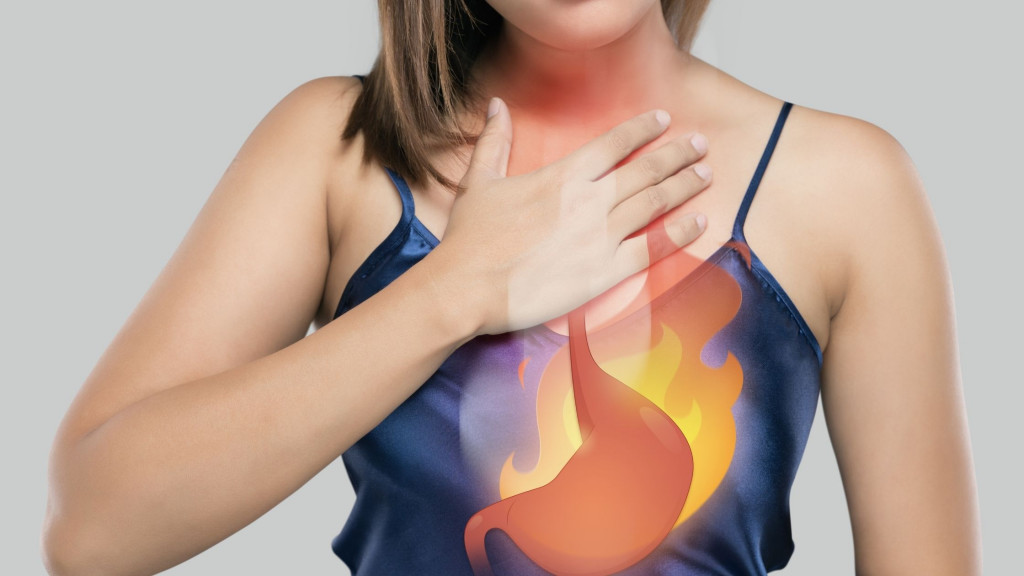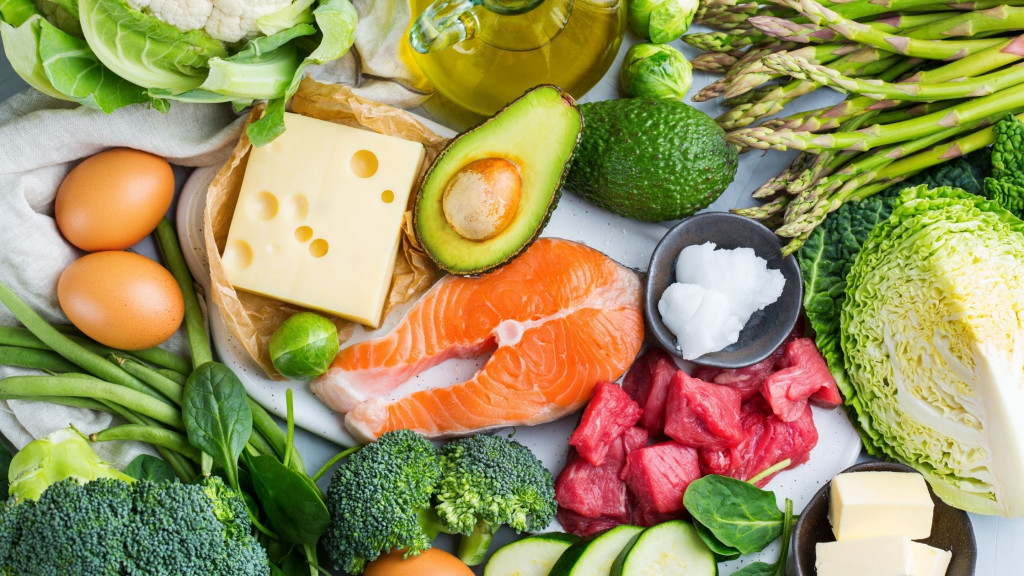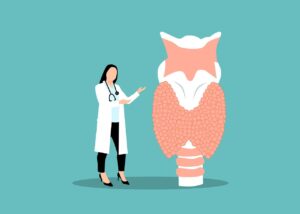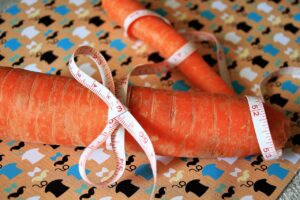Acid Reflux, Low Stomach Acid, Heartburn are some of the most common health conditions in recent times.
Acid reflux is the backflow of stomach acid, pepsin, bile, and indigested liquids in food, into the oesophagus. The LES separates the oesophagus from the stomach and prevents the normally acidic stomach contents from backing up into the oesophagus. This reflux happens when the sphincter relaxes more than normal allowing the content of the stomach to reflux.
This reflux can progress to oesophagul reflux disease or GERD which is caused by the chronic prolonged reflux of the gastric contents back up into the oesophagus that sets up an inflammatory response. GERD may be characterized by the painful burning sensation known as heartburn and may be associated with non-cardiac chest pain.
Low Stomach Acid and Acid Reflux Symptoms
Heartburn: The most common symptom of acid reflux, but it can also be caused by:
● Stomach ulcers: Sores caused by GI tract erosion
● Gastroparesis: Condition that prevents the stomach from properly emptying
● Functional Heartburn: Related to stress or anxiety, not stomach acid levels
| Trigger | How it affects acid reflux | How to Alleviate Symptoms |
| Certain foods | – Irritate the stomach lining, signaling the lower esophageal sphincter (LES) to open – Directly irritate the LES – Weaken the LES causing it to open | Crowd out: ● High-acid foods: ○ Spicy foods ○ Citrus ○ Tomatoes ○ Chocolate ○ Alcohol ○ Coffee ● Peppermint & spearmint ● Smoking |
| Magnesium deficiency | Inhibits relaxation of sphincter muscle at bottom of the stomach (pyloric sphincter) | Milk of Magnesia |
| Eating a lot of food too quickly | – Too much pressure in the stomach – Slower digestion | Eat slowly Be mindful of portion sizes |
| Hiatal hernia | The stomach is pushed up into the diaphragm, which inhibits the locking of the LES. | Be aware of what causes too much pressure on stomach muscles: ● Excess vomiting/coughing ● Pushing too hard during bowel movements ● Pregnancy ● Obesity |
| Low stomach acid/bacterial overgrowth | Poor digestion and bacterial overgrowth can lead to food intolerances, which create gas that puts pressure on the stomach | Avoid food intolerances |
Signs and symptoms: Heartburn or acid reflux is the most common symptom associated with GERD although additional symptoms may include difficulty or pain; swallowing, esophageal stricture, regurgitation, nausea, coughing, wheezing, asthma, chronic sinusitis, and non-cardiac chest pain.

Lifestyle modification and alternate therapies
Instead of using excessive medications, treatment strategies include lifestyle modifications and alternative therapies that may help with chronic reflux conditions.
Lifestyle modifications include:
- Weight loss
- Head of the bed elevation
- Avoidance of tobacco, alcohol
- Eat smaller meals
- Avoid stress during meals
- Avoid tight clothing
- Avoidance of late-night meals
Alternate Low Stomach Acid treatments include:
- Acupuncture
- Breathing exercises
- Stress management techniques such as yoga, Qi gong, and meditation
- Laughter
- Massage
- Socialization
- Sleep adequate- 8 hours per night
- Prayer
- Music therapy
- Dance
- Saunas
- Exercise

Digestive support:
- Probiotic
- Magnesium
- Zinc
- Digestive bitters/ Digestive enzymes
- Curcumin
- Antioxidants: Quercetin and vitamin E
- High strength multivitamin
- Glutamine
- Glutathione
- Omega 3
- Green tea
- Neem
Empower yourself with expert guidance on digestive health. Consult Karishmma Chawla to understand and alleviate acid reflux, heartburn, and GERD.





